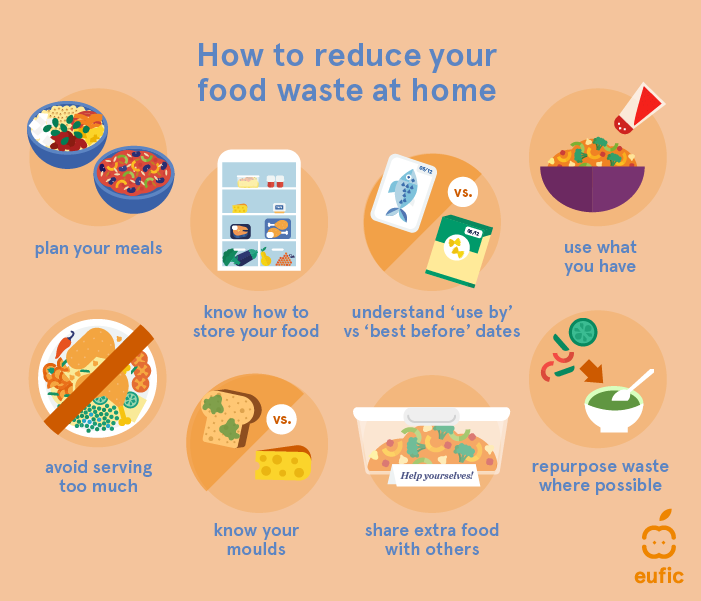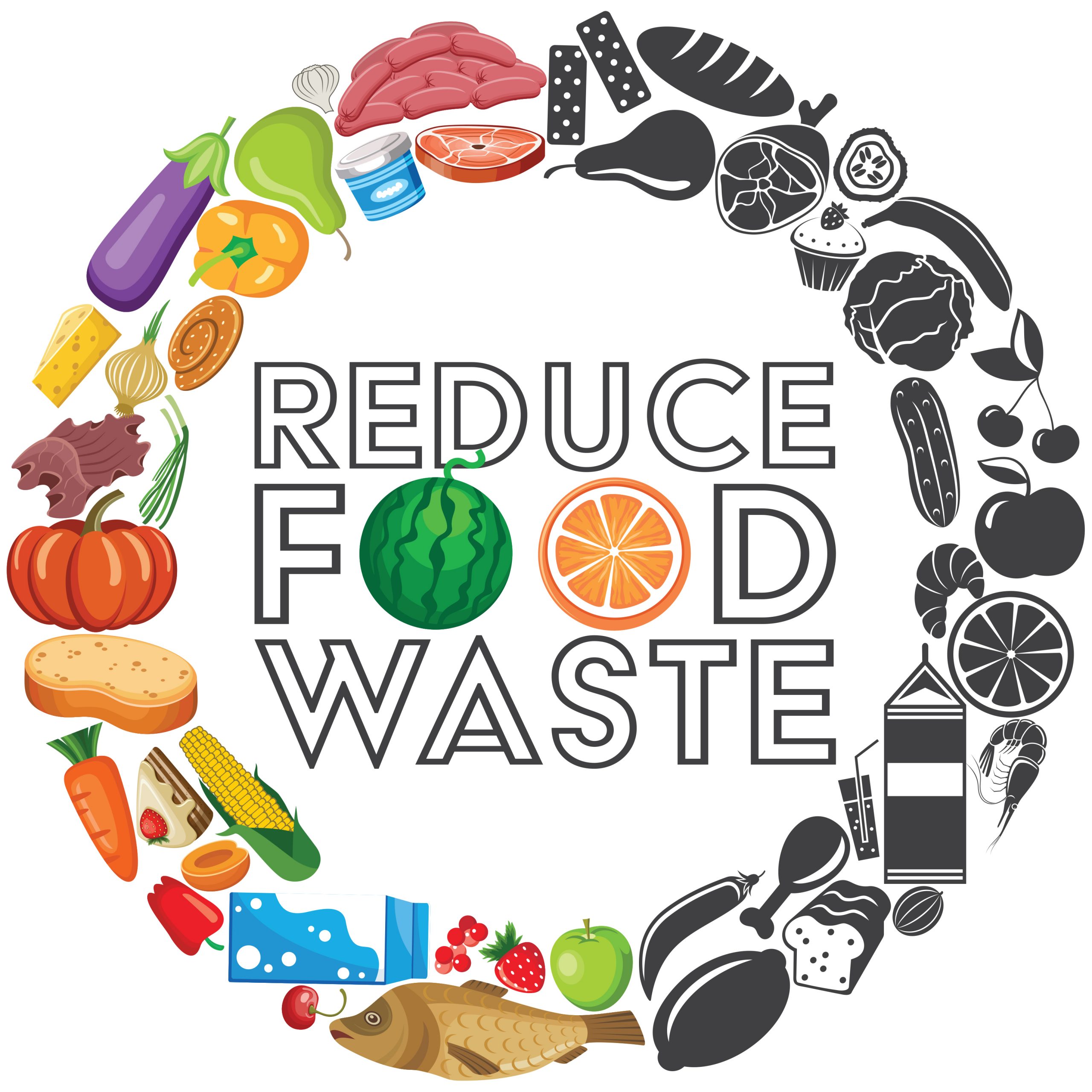Reduce food cost stragegies – In the realm of foodservice, reducing food costs is a crucial aspect that can make a significant impact on profitability. This guide delves into the realm of reduce food cost strategies, empowering you with a comprehensive understanding of effective techniques to minimize expenses while maintaining quality.
From inventory management to employee training, this guide will provide actionable insights and best practices to help you optimize your operations, reduce food waste, and enhance your bottom line.
Inventory Management

Efficient inventory management is crucial for reducing food costs. Effective tracking, minimizing spoilage, and optimizing inventory levels can significantly impact a business’s profitability.
Effective Inventory Tracking
Regularly tracking inventory levels ensures accurate records and timely replenishment. Implementing a robust inventory system that provides real-time data is essential. This can be achieved through:
- Manual tracking using spreadsheets or inventory management software.
- Automated systems that use barcodes or RFID tags to track inventory movement.
- Regular physical inventory counts to verify accuracy and identify discrepancies.
Reducing Food Spoilage and Waste
Minimizing food spoilage and waste is vital for cost reduction. Implementing the following strategies can help:
- Proper storage: Ensure food is stored at appropriate temperatures and conditions to extend its shelf life.
- First-in, first-out (FIFO) inventory management: Use older inventory first to prevent spoilage.
- Employee training: Educate staff on proper food handling, storage, and preparation techniques to minimize waste.
- Regular monitoring: Track food spoilage rates and identify areas for improvement.
Optimizing Inventory Levels
Maintaining optimal inventory levels is essential to avoid overstocking or stockouts. The following strategies can help:
- Demand forecasting: Use historical data and market trends to predict future demand and adjust inventory levels accordingly.
- Safety stock: Maintain a buffer inventory to prevent stockouts during unexpected demand fluctuations.
- Vendor management: Establish strong relationships with suppliers to ensure timely deliveries and avoid stockouts.
- Inventory turnover: Monitor inventory turnover rates to identify slow-moving items and adjust inventory levels.
Menu Engineering
Menu engineering is a systematic approach to analyzing and designing menus to maximize revenue and minimize costs. By understanding the popularity and profitability of menu items, restaurants can make informed decisions about which items to keep, which to remove, and how to price them.
One of the most important aspects of menu engineering is menu item analysis. This involves collecting data on the sales, cost, and popularity of each menu item. This data can be used to create a menu matrix, which plots the popularity of each item against its profitability.
Techniques for Menu Item Analysis
- Sales analysis:This involves tracking the number of units of each item sold over a period of time. This data can be used to identify popular and unpopular items.
- Cost analysis:This involves calculating the cost of each menu item, including the cost of ingredients, labor, and overhead. This data can be used to identify high-cost and low-cost items.
- Popularity analysis:This involves measuring the popularity of each menu item based on factors such as customer feedback, online reviews, and social media mentions. This data can be used to identify items that are popular with customers.
Once the popularity and profitability of each menu item has been determined, restaurants can use this information to design menus that maximize revenue and minimize costs.
Menu Design Strategies
- Item placement:The placement of items on the menu can influence their sales. Items that are placed in prominent positions, such as the top of the menu or in a special section, are more likely to be ordered by customers.
- Pricing:The price of a menu item can affect its popularity and profitability. Restaurants need to find a price point that is attractive to customers while still generating a profit.
- Item descriptions:The descriptions of menu items can influence their sales. Well-written descriptions can make items sound more appealing and encourage customers to order them.
Menu engineering is a powerful tool that can help restaurants improve their profitability. By understanding the popularity and profitability of their menu items, restaurants can make informed decisions about which items to keep, which to remove, and how to price them.
This can lead to increased sales, reduced costs, and improved customer satisfaction.
Examples of Successful Menu Engineering Strategies
- Olive Garden:Olive Garden uses menu engineering to identify and promote its most popular and profitable dishes. The restaurant also uses menu engineering to test new dishes and gather customer feedback.
- McDonald’s:McDonald’s uses menu engineering to optimize its menu for speed and efficiency. The restaurant has a limited menu of items that are easy to prepare and serve quickly.
- Starbucks:Starbucks uses menu engineering to create a menu that appeals to a wide range of customers. The restaurant offers a variety of coffee drinks, teas, pastries, and sandwiches.
Purchasing and Negotiation: Reduce Food Cost Stragegies

Effective purchasing and negotiation strategies are crucial for reducing food costs. This involves establishing strong relationships with suppliers, leveraging bulk discounts, and negotiating favorable prices.
Supplier Selection and Partnerships
Identifying reliable vendors is essential. Consider factors such as product quality, delivery reliability, and customer service. Building long-term partnerships with suppliers can lead to better pricing, exclusive discounts, and access to new products.
Negotiation Strategies
*
-*Research
Gather information on market prices and industry benchmarks to support your negotiations.
-
-*Establish a Relationship
Build rapport with suppliers by understanding their needs and goals.
-*Volume Discounts
Negotiate bulk discounts based on projected purchase volumes.
-*Group Discounts
Join forces with other businesses to leverage collective buying power for group discounts.
-*Payment Terms
Explore flexible payment options, such as early payment discounts or extended payment terms, to improve cash flow.
Kitchen Operations
Efficient kitchen operations are essential for reducing food costs. This involves implementing best practices in food preparation, cooking techniques, kitchen layout, and equipment utilization. Additionally, innovative methods can help optimize labor costs.
Efficient Food Preparation and Cooking Techniques
- Use standardized recipes and portion sizes to minimize waste and ensure consistency.
- Employ proper storage and handling techniques to maintain food quality and extend shelf life.
- Implement FIFO (first-in, first-out) inventory management to prevent spoilage and waste.
- Utilize batch cooking methods to prepare large quantities of food efficiently.
Optimized Kitchen Layout and Equipment
A well-designed kitchen layout can improve efficiency and reduce labor costs.
- Create a logical flow of operations, minimizing unnecessary movement.
- Position equipment strategically to maximize space and minimize bottlenecks.
- Use energy-efficient appliances and equipment to reduce operating costs.
- Invest in multi-purpose equipment that can perform multiple tasks, saving space and labor.
Innovative Methods for Reducing Labor Costs
Technology and innovative approaches can help streamline kitchen operations and reduce labor costs.
- Utilize self-service kiosks or online ordering systems to reduce order-taking time.
- Implement automated inventory management systems to track stock levels and prevent overstocking.
- Use smart kitchen equipment that can monitor cooking processes and adjust settings accordingly, reducing the need for manual supervision.
- Cross-train staff to perform multiple tasks, increasing flexibility and reducing the need for additional staff.
Technology Utilization
Technology plays a crucial role in reducing food costs by streamlining operations and providing real-time insights. Inventory management software, for instance, automates inventory tracking, reducing waste and improving efficiency.
Moreover, technology empowers chefs to analyze menu items and identify areas for cost optimization. It also enables real-time monitoring of food usage, allowing managers to adjust operations promptly and minimize waste.
Inventory Management Software, Reduce food cost stragegies
- Streamlines inventory tracking, reducing errors and manual labor.
- Provides real-time visibility into stock levels, preventing overstocking and spoilage.
- Generates reports and alerts to identify trends and optimize ordering.
Successful Technology Implementations
Many foodservice businesses have successfully implemented technology to reduce food costs. For example, Panera Bread implemented a cloud-based inventory management system that reduced food waste by 15%.
Employee Training

Investing in employee training is crucial for effective cost-saving strategies. Well-trained staff possesses the knowledge and skills to implement cost-saving practices, leading to reduced waste, improved efficiency, and increased profitability.
To develop and implement effective training programs, consider the following tips:
- Identify training needs:Determine specific areas where cost savings can be achieved and tailor training programs accordingly.
- Use a variety of training methods:Employ a combination of hands-on training, simulations, and online resources to cater to different learning styles.
- Involve employees in the training process:Seek their input on training content and delivery methods to ensure relevance and engagement.
- Provide ongoing training:Regularly update training programs to keep employees abreast of best practices and emerging trends.
- Monitor and evaluate training effectiveness:Track progress and gather feedback to assess the impact of training and make necessary adjustments.
Examples of Successful Employee Training Initiatives
Numerous successful employee training initiatives have been implemented across industries. For instance:
- A hospitality company implemented a training program focused on reducing food waste. Employees were trained on proper portioning, storage techniques, and inventory management, resulting in a 15% reduction in food costs.
- A manufacturing company conducted training on energy conservation. Employees were taught how to optimize equipment usage, reduce lighting, and improve insulation, leading to a 10% reduction in energy expenses.
FAQ
How can inventory management help reduce food costs?
Effective inventory tracking, reducing spoilage, and optimizing inventory levels can significantly minimize food waste and ensure you have the right amount of ingredients on hand, reducing overstocking and spoilage.
What is menu engineering, and how does it contribute to cost reduction?
Menu engineering involves analyzing menu items based on popularity and profitability. By designing menus that maximize revenue and minimize costs, you can eliminate low-performing dishes and optimize portion sizes, leading to increased profitability.
How can technology assist in reducing food costs?
Inventory management software can streamline operations, provide real-time data on stock levels, and help prevent overstocking and spoilage. Additionally, kitchen display systems can improve communication and reduce errors, leading to increased efficiency and reduced waste.

